Wireworm: [Characteristics, Detection, Effects and Treatment]
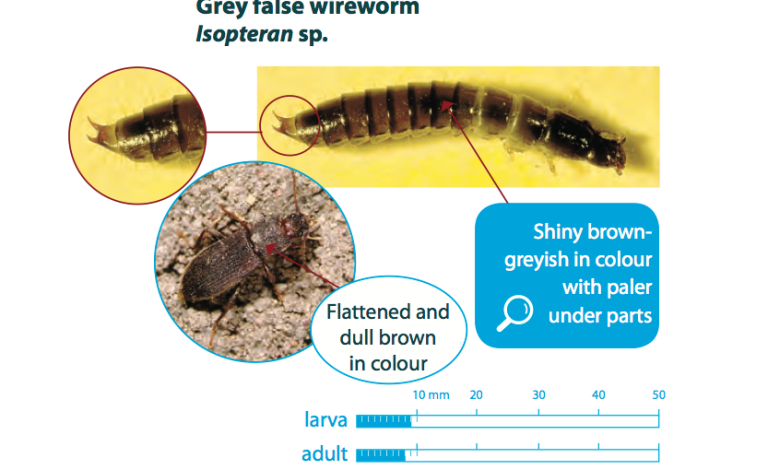
What is the wireworm?
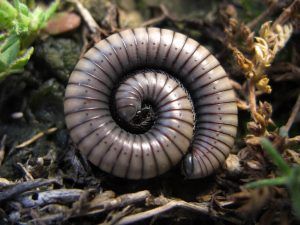 Agriotes lineatus are larvae belonging to the Coleoptera order and Elateridae family, a pest that causes great damage to agricultural, orchard and garden crops at all levels.
Agriotes lineatus are larvae belonging to the Coleoptera order and Elateridae family, a pest that causes great damage to agricultural, orchard and garden crops at all levels.
It is an insect that can live about 4 years before its final transformation into a beetle.
Also called doradillas, orovivos and alambrillos, these are larvae that at first glance are similar to a wire, with about 20 to 30 mm in length.There are many species.
Adult beetles are capable of laying their eggs on the ground during the spring season and the larvae, before becoming pupae, can spend several years in the same stage of development, so they are usually found in various sizes in a single habitat. at the same time.
In the spring they attack young plants and in the period from summer to autumn they do the same against roots, bulbs and tubers, which suffer holes, eat seeds and also the shoots of growing plants.
Damage is generally more severe when wheat is sown after the field has been fallow, or after it has been grazed for a few years.
How can we identify it?
- The larvae have colors that are deep yellow and gold, with very well accentuated rings. Some have yellowish-orange tones.
- Their primary habitat is to live underground.
- They have a rigid body, with a maximum growth of 3 cm in length.
- They have three pairs of short legs, of which the last ones are distributed downwards through the abdominal region, in order to serve as terminal protopaths.
- They feed on seeds, roots, tubers, and bulbs.
- They are active in spring and go dormant in winter.
- The females can lay between 75 and 100 eggs on the surface of the soil, united like a rosary in groups of 10 to 15, with a maximum diameter of about 0.5 mm.
- Adult specimens are brown and black in color, elongated and narrow at the back. The head is hidden under the pronotum up to the eyes and the antennae have eleven knuckles that are hidden during rest below in lateral grooves, in the chaos of some species.
- In the species of Agriotes spp., the final part of the body is usually punctate in the larvae.
- When it finally transforms into a beetle it has a dark color, a flattened body and when it jumps it makes a noise similar to a click. That’s why they are called that, click beetles.
- The beetles only feed on flower pollen, moving from flower to flower.
What plants does the wireworm affect?
 There are many species of wireworms that act as a true pest in wheat crops, for example. The larvae also wreak havoc on vegetable plantations of all kinds.
There are many species of wireworms that act as a true pest in wheat crops, for example. The larvae also wreak havoc on vegetable plantations of all kinds.
They really like to live in moist soils, causing irreparable damage to crops of radishes, rice, corn, barley, sorghum, cotton, vines, beans, onions, carrots, lettuce, cabbage, beets, potatoes and coffee.
You have to exercise great control and prevent their reproduction and growth.They are resistant, however, legumes such as broad beans, beans and peas to the genus of wireworms Agriotes .
In gardens, they can gnaw any type of shrubby, herbaceous plant, opening furrows in the stems, tubers and feeding on bulbs and seeds. Gladioli are one of his favorite plants.
How to fight the wireworm?
A series of preventive measures, both in the garden and in medium and large-scale crops, are the best way to combat this annoying pest. Let’s see.
Crop rotation
It is necessary to examine the area very well and opt for the cultivation of plants resistant to this type of pest, discarding vulnerable and weak crops.
solarization
A good dose of manure spread over the area infested by wireworms, fairly moistened with the help of water and then placing a plastic sheeting over it, will be more than enough to eliminate them.
Fallow
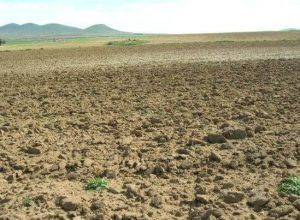 An effective radical formula is to eliminate the planting in the ground for several months, especially in the summer, because the heat kills them and they will not have food.
An effective radical formula is to eliminate the planting in the ground for several months, especially in the summer, because the heat kills them and they will not have food.
Other recommended practices are deep plowing in the soil, in order to encourage them to be exposed to the sun, because they do not support the incidence of sunlight.
And it is also highly positive to combat this pest using food baits and traps with pheromones to locate and confine them.But there are more effective measures. Let’s look at the following:
- Apply agricultural lime to the soil. They hate this substance.
- Reduce weeds to a minimum, because they are the best place for the eggs of female worms to spread, after they have mated.
- Introduce natural predators of wireworms into the ecosystem, including: hedgehogs, types, toads, frogs, shrews, beetles and birds.
- Another effective trap to locate them is to peel and cut a potato in half. Then we bury it in the ground and in a short time they will go directly to look for it, so we will have the worms captive and it will be easier to eliminate them from the garden.
What are the best products to remove wireworm?
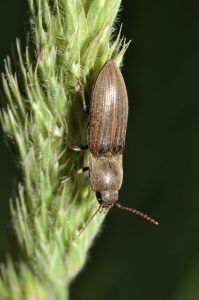 The most effective insecticide – type active ingredients that control and exterminate the wireworm plague are: Chlorpyrifos, Isofenphos and Diazinon, which must be applied following the protocol prepared by the manufacturer.
The most effective insecticide – type active ingredients that control and exterminate the wireworm plague are: Chlorpyrifos, Isofenphos and Diazinon, which must be applied following the protocol prepared by the manufacturer.
The trade name Mesurol 4% can also be used.A good natural formula to get rid of them consists in the preparation of a solution made with 200 grams of the tobacco leaf, in a liter of water.
The leaves should be soaked for 10 days in a row and then this preparation is diluted in another 5 liters of water, so that they can be used in frequent sprays on the affected areas of the garden.
Likewise, when preparing the soil, and before planting, it is always advisable to apply an insecticide, preferably of an organic type, to prevent the appearance of these and other types of pests.

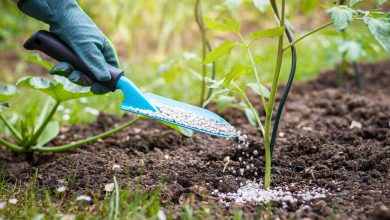
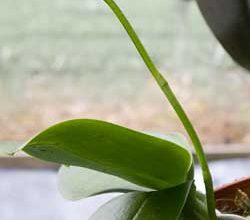
![Photo of Prune Ficus Benjamina: [Importance, Time, Tools, Considerations and Steps]](https://www.complete-gardening.com/wp-content/uploads/2022/08/prune-ficus-benjamina-importance-time-tools-considerations-and-steps-390x220.jpg)
![Photo of White Orchid Care: [Dirt, Moisture, Pruning and Problems]](https://www.complete-gardening.com/wp-content/uploads/2021/06/41a7HSpH3NL._SL500_-390x220.jpg)